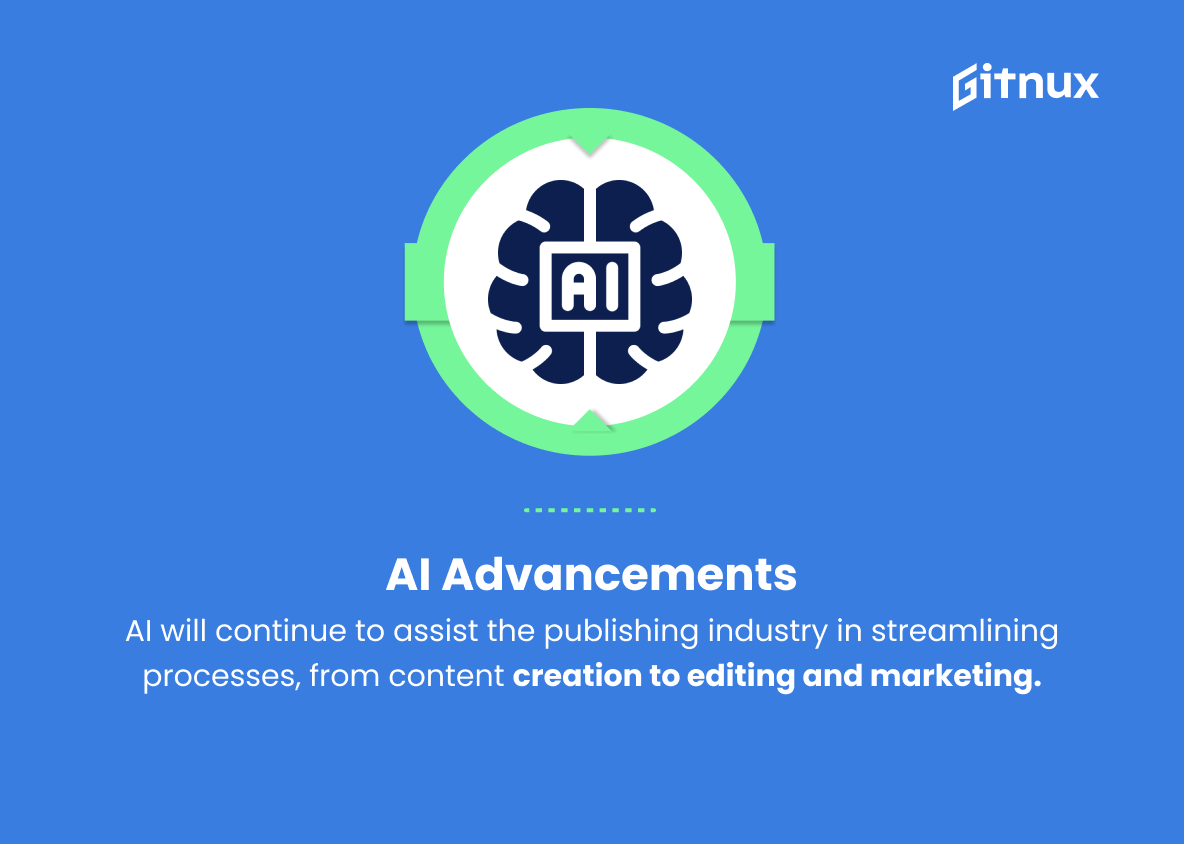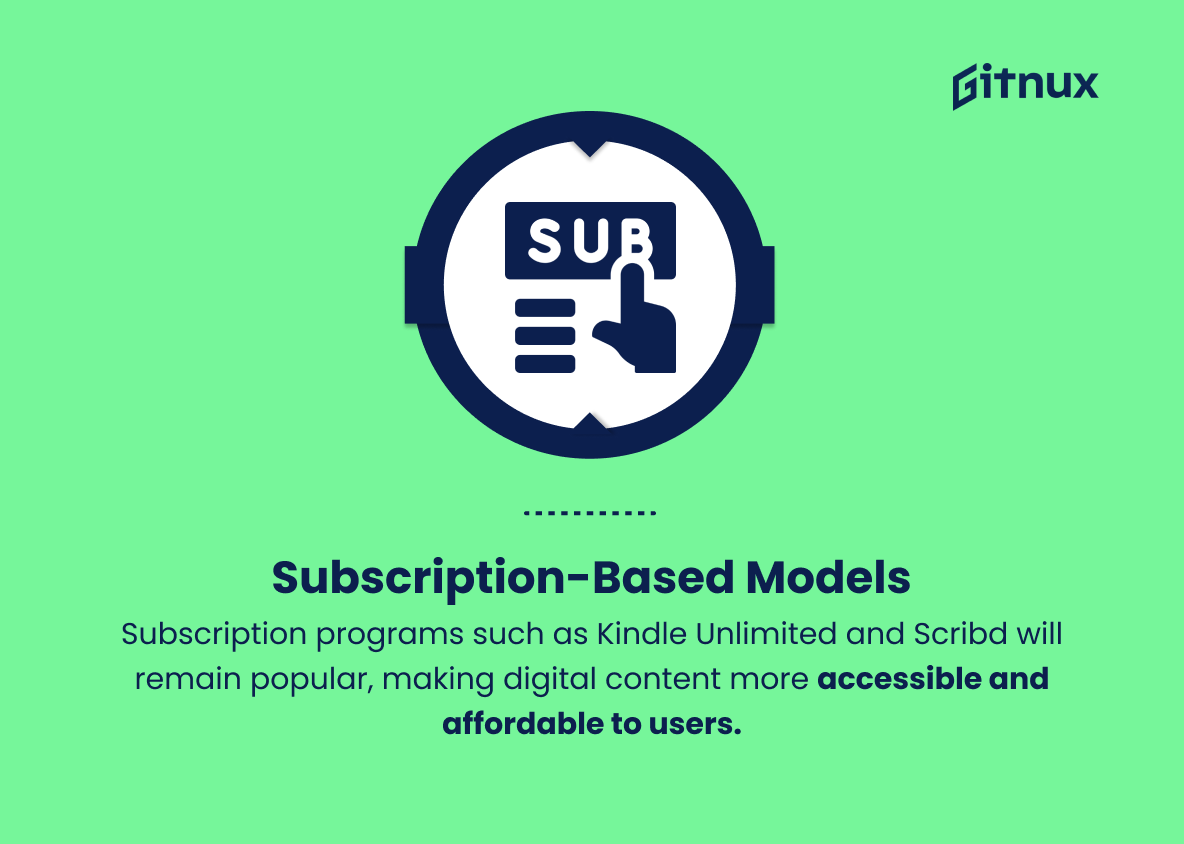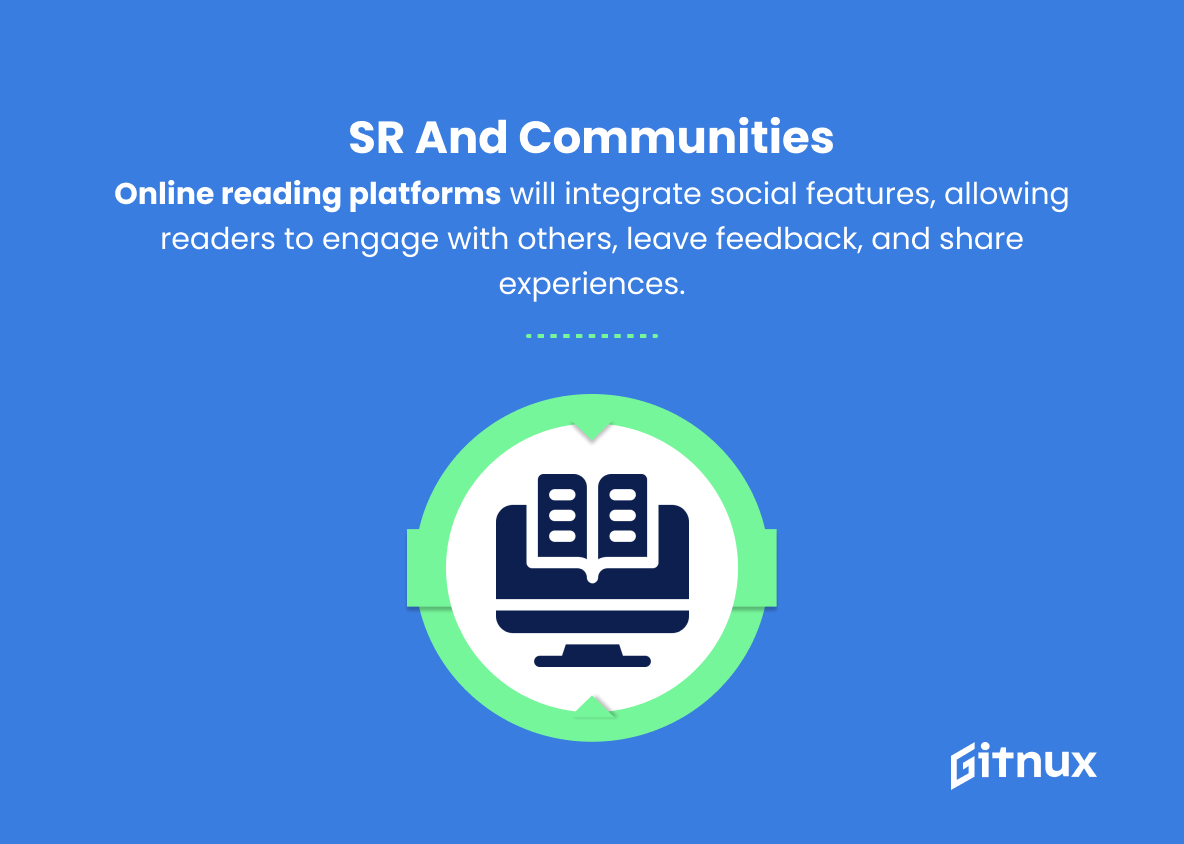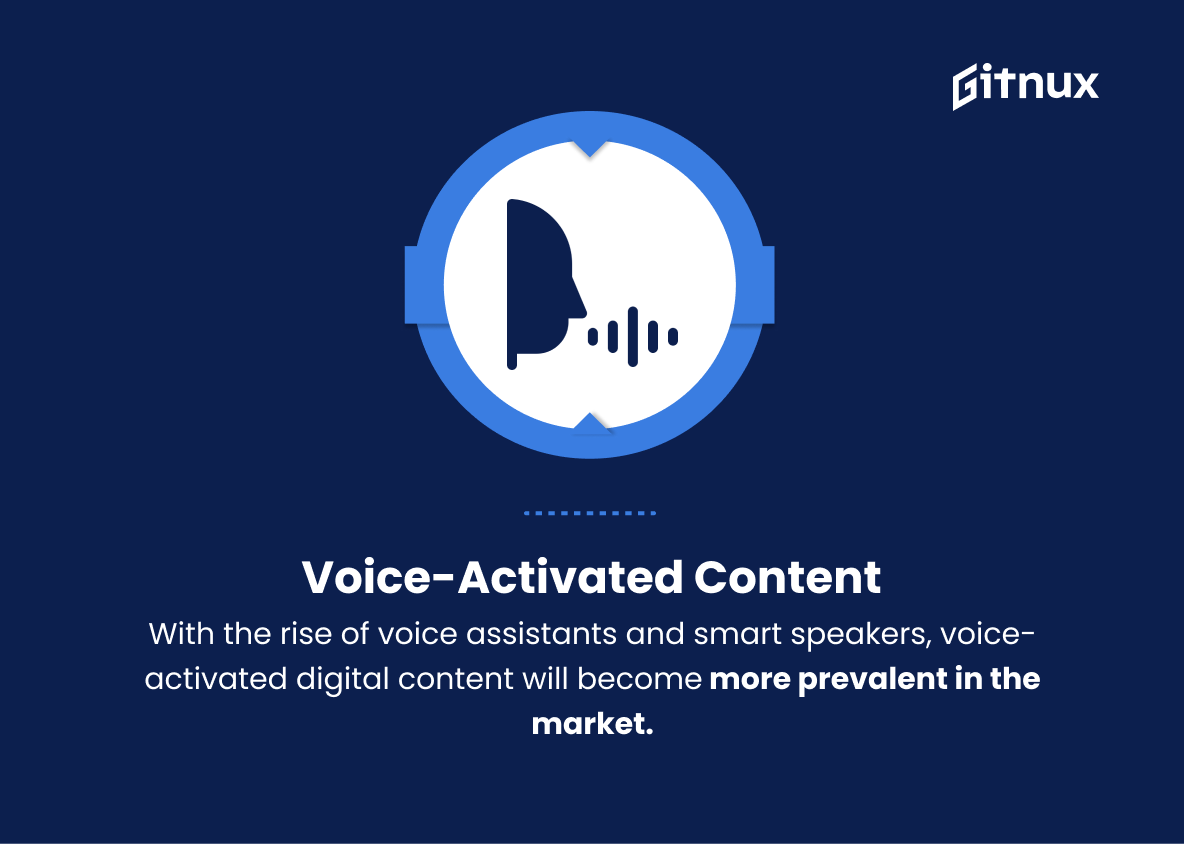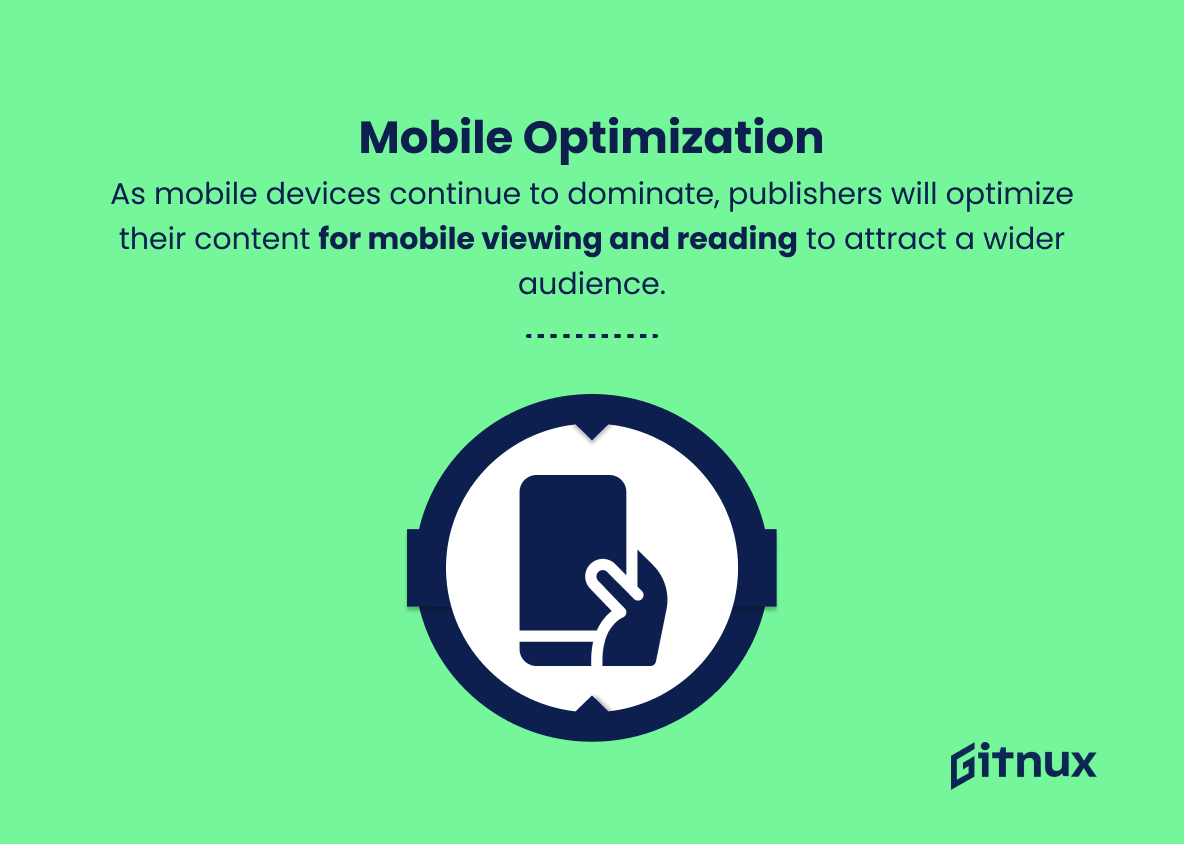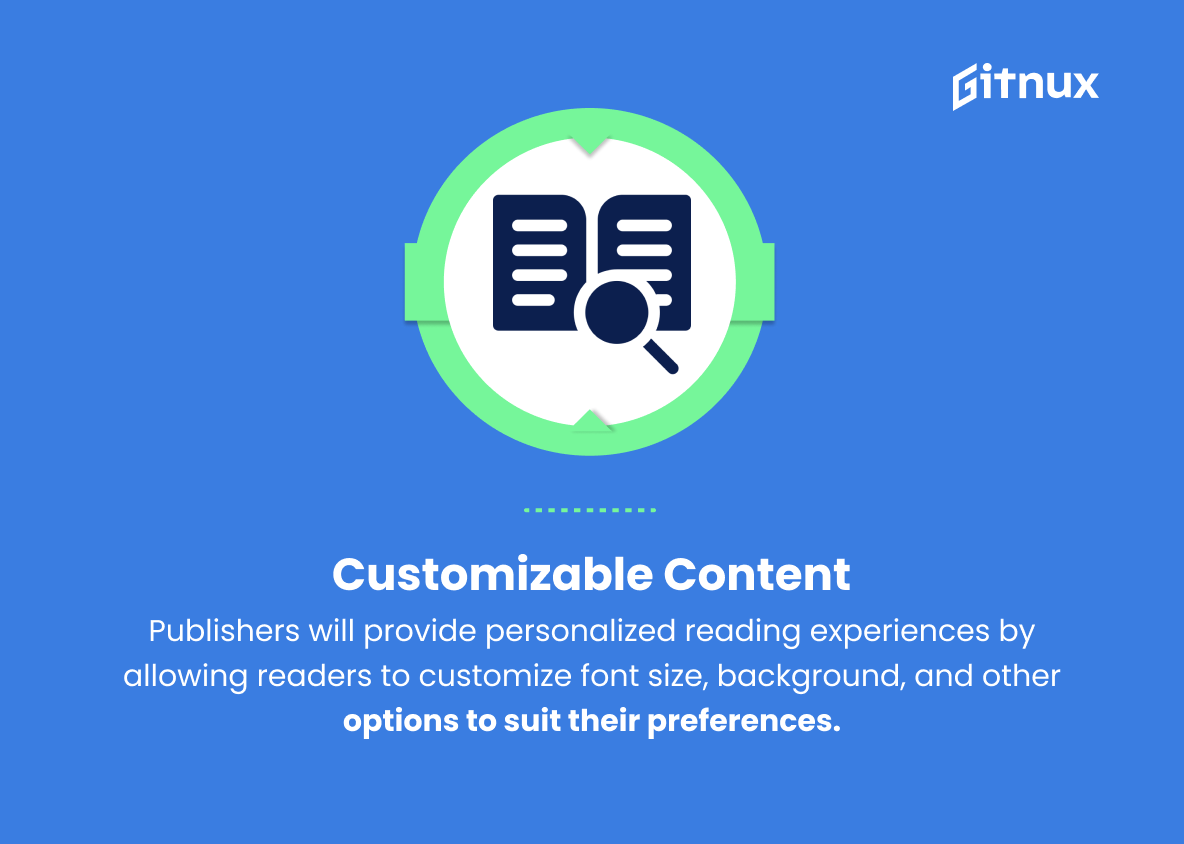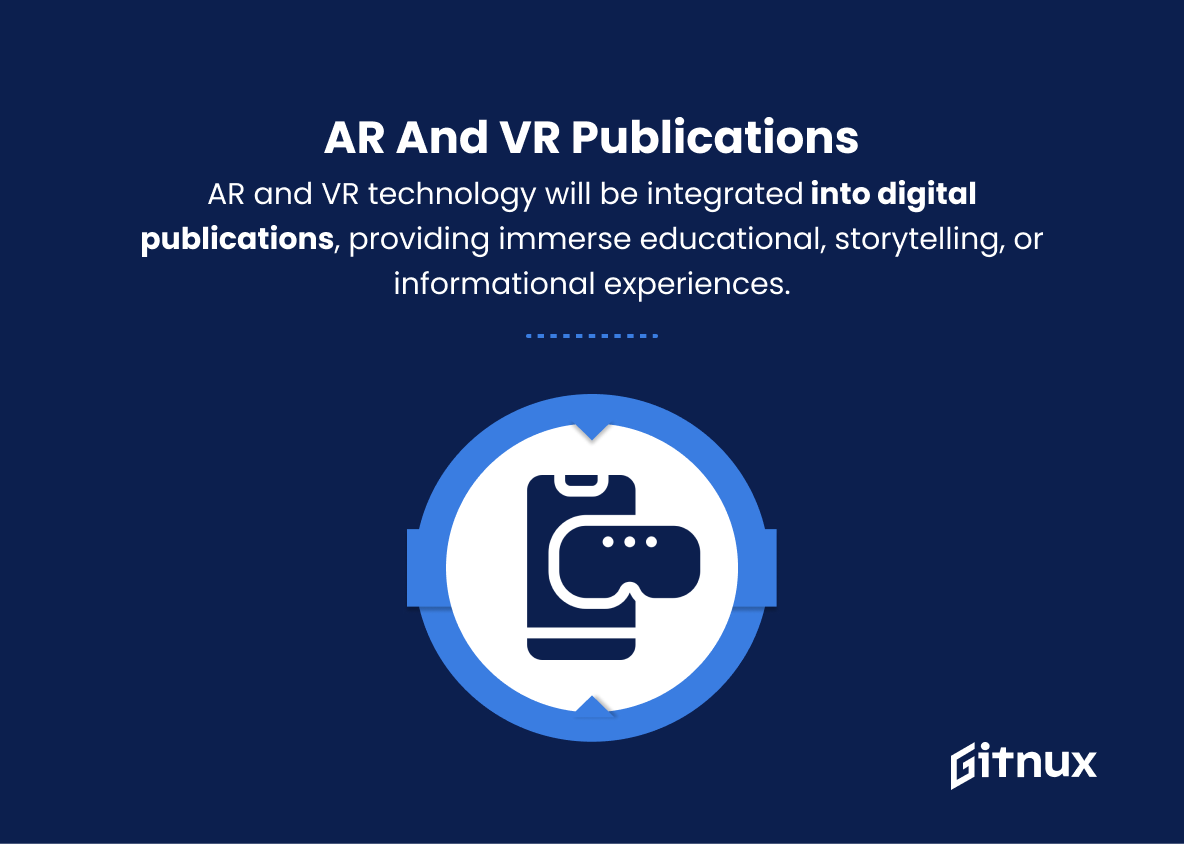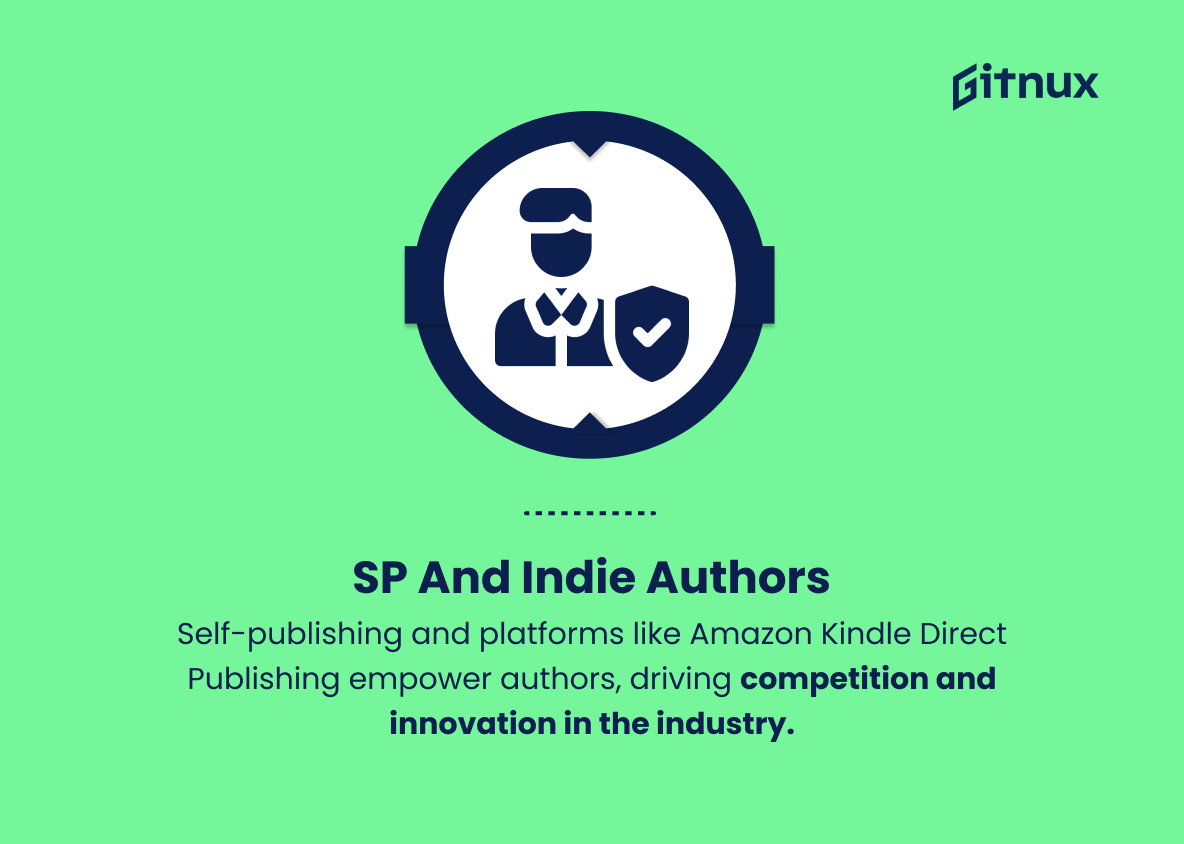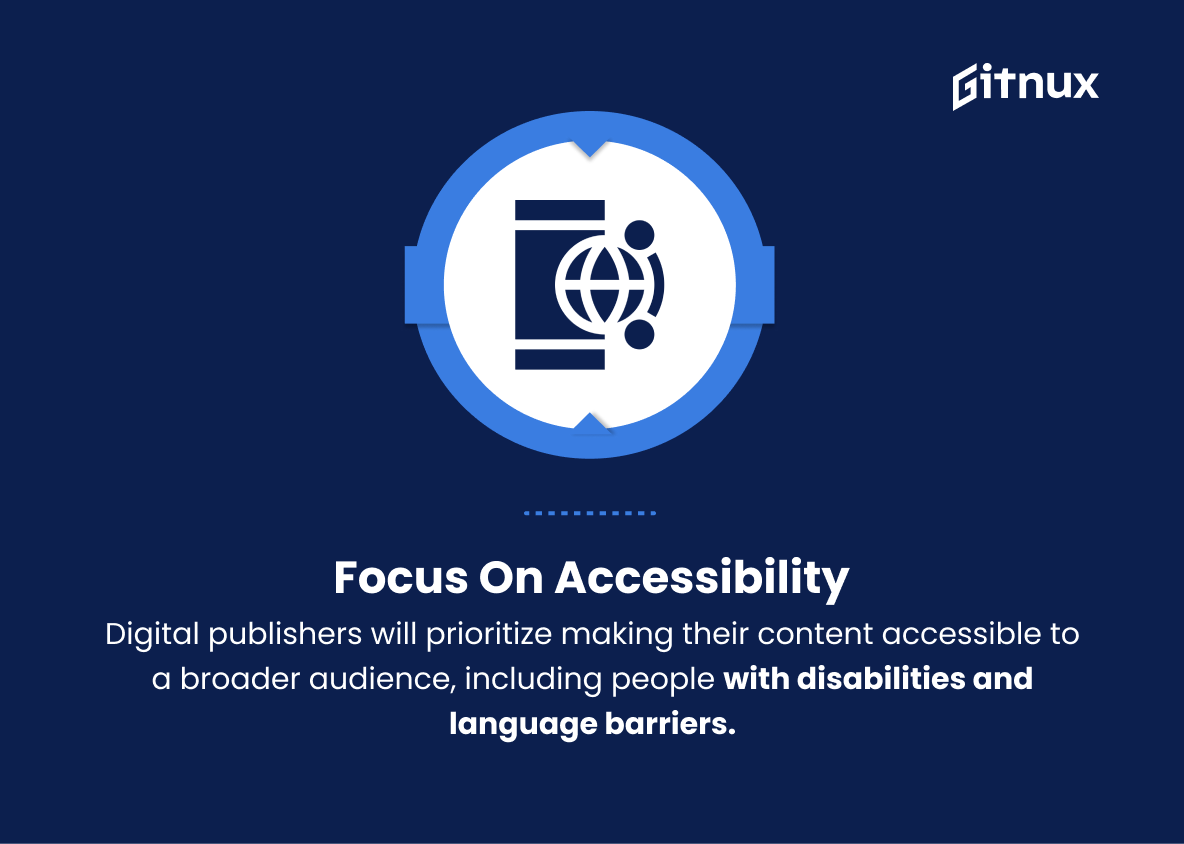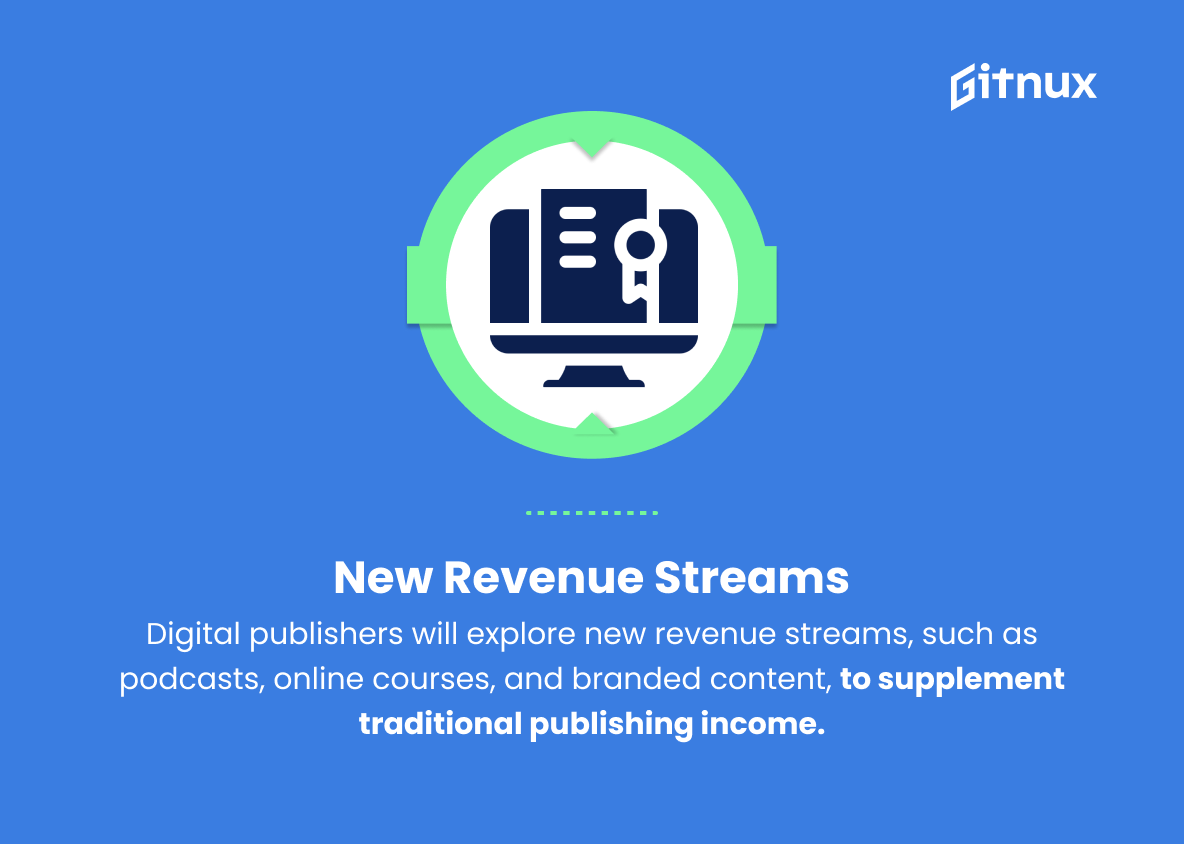In today’s fast-paced digital landscape, the world of publishing is continuously evolving at an unprecedented rate. The emergence of innovative technologies, shifting reader preferences, and new revenue channels have transformed businesses and the way individuals consume content.
From traditional print forms to the dynamic world of e-books, audiobooks, and interactive content, digital publishing has redefined how we access, distribute, and monetize information.
In this thought-provoking blog post, we delve deep into the most recent digital publishing trends that have been shaping the industry, outlining their impact on authors, publishers, and readers alike.
Join us as we explore the crucial advancements and cutting-edge insights that are shaping the future of digital publishing.
Top Digital Publishing Trends
1. E-books and audiobooks
The popularity of e-books and audiobooks will continue to rise, appealing to consumers who prefer on-the-go, accessible reading experiences.
2. Interactive content
Interactive e-books, magazines, and learning resources will gain momentum as consumers seek engaging, multimedia content.
3. Artificial Intelligence (AI) advancements
AI will continue to assist the publishing industry in streamlining processes, from content creation to editing and marketing.
4. Data-driven insights
As data becomes more valuable, publishers will rely on data analytics to make informed decisions about content selection, pricing, marketing, and more.
5. Subscription-based models
Subscription programs such as Kindle Unlimited and Scribd will remain popular, making digital content more accessible and affordable to users.
6. Social reading and communities
Online reading platforms will integrate social features, allowing readers to engage with others, leave feedback, and share experiences.
7. Voice-activated content
With the rise of voice assistants and smart speakers, voice-activated digital content will become more prevalent in the market.
8. Mobile optimization
As mobile devices continue to dominate, publishers will optimize their content for mobile viewing and reading to attract a wider audience.
9. Customizable content
Publishers will provide personalized reading experiences by allowing readers to customize font size, background, and other options to suit their preferences.
10. Augmented Reality (AR) and Virtual Reality (VR) publications
AR and VR technology will be integrated into digital publications, providing immerse educational, storytelling, or informational experiences.
11. Self-publishing and indie authors
Self-publishing and platforms such as Amazon Kindle Direct Publishing will empower authors to take control of their work, leading to increased competition and innovation in the industry.
12. Gamification
Gamification elements, such as rewards and challenges, will be incorporated into digitally published content to increase user engagement and retention.
13. Focus on accessibility
Digital publishers will prioritize making their content accessible to a broader audience, including people with disabilities and language barriers.
14. Collaborative content creation
The digital sphere will see more collaborations between authors, experts, and influencers, resulting in unique and captivating content.
15. New revenue streams
Digital publishers will explore new revenue streams, such as podcasts, online courses, and branded content, to supplement traditional publishing income.
16. Eco-friendly publishing
As environmental concerns become more prominent, digital publishing will be viewed as a greener alternative to traditional print publishing.
17. Rise of short-form content
As attention spans continue to diminish, short-form content such as micro-novels, serialized stories, and flash fiction will gain traction.
18. Adaptive learning in education
Digital educational content will evolve to include adaptive learning features, tailoring the learning experience to suit individual student needs.
19. Blockchain technology
Blockchain could revolutionize the publishing industry by streamlining rights management, reducing piracy, and enabling secure, transparent transactions.
20. 5G and beyond
As faster networks become available, digital content will be further optimized for high-speed, seamless user experiences.
Implications
The digital publishing industry is evolving to accommodate the growing demands of its audience, paving the way for groundbreaking trends such as the prevalence of e-books and audiobooks, accessible reading material that caters to a mobile, fast-paced society. Interactive content and advanced AI technology will streamline the creative process, ensuring that users are met with engaging, multimedia-driven experiences. Data analytics will enable informed decision-making, while subscription-based models and social reading communities forge tighter reader relationships.
Voice-activated content and mobile optimization will keep audiences engaged, as personalized reading experiences, AR and VR technology, and self-publishing opportunities encourage diversity and innovation. Gamification, enhanced accessibility measures, and collaborative content creation will bridge gaps and create more inclusive platforms for readers.
New revenue streams and eco-friendly publishing methods will redefine the industry’s approach, while short-form content and adaptive learning capabilities cater to the ever-changing needs of consumers. The publishing landscape will be forever transformed through the incorporation of blockchain technology and the advancement of high-speed network connectivity, ensuring that the days of traditional print media become a distant memory.
Conclusion
As the digital landscape continues to evolve, so do the trends in digital publishing. In this increasingly competitive market, staying ahead of these trends is crucial for publishers and content creators alike. With the rise of immerse storytelling, mobile optimization, voice technology, artificial intelligence, and an emphasis on user experience, it’s clear that digital publishing has come a long way and will only continue to innovate in the coming years. By embracing and adapting to these trends, publishers can ensure the continued growth and engagement of their audiences, while maintaining their relevance in today’s ever-changing world of digital media.


